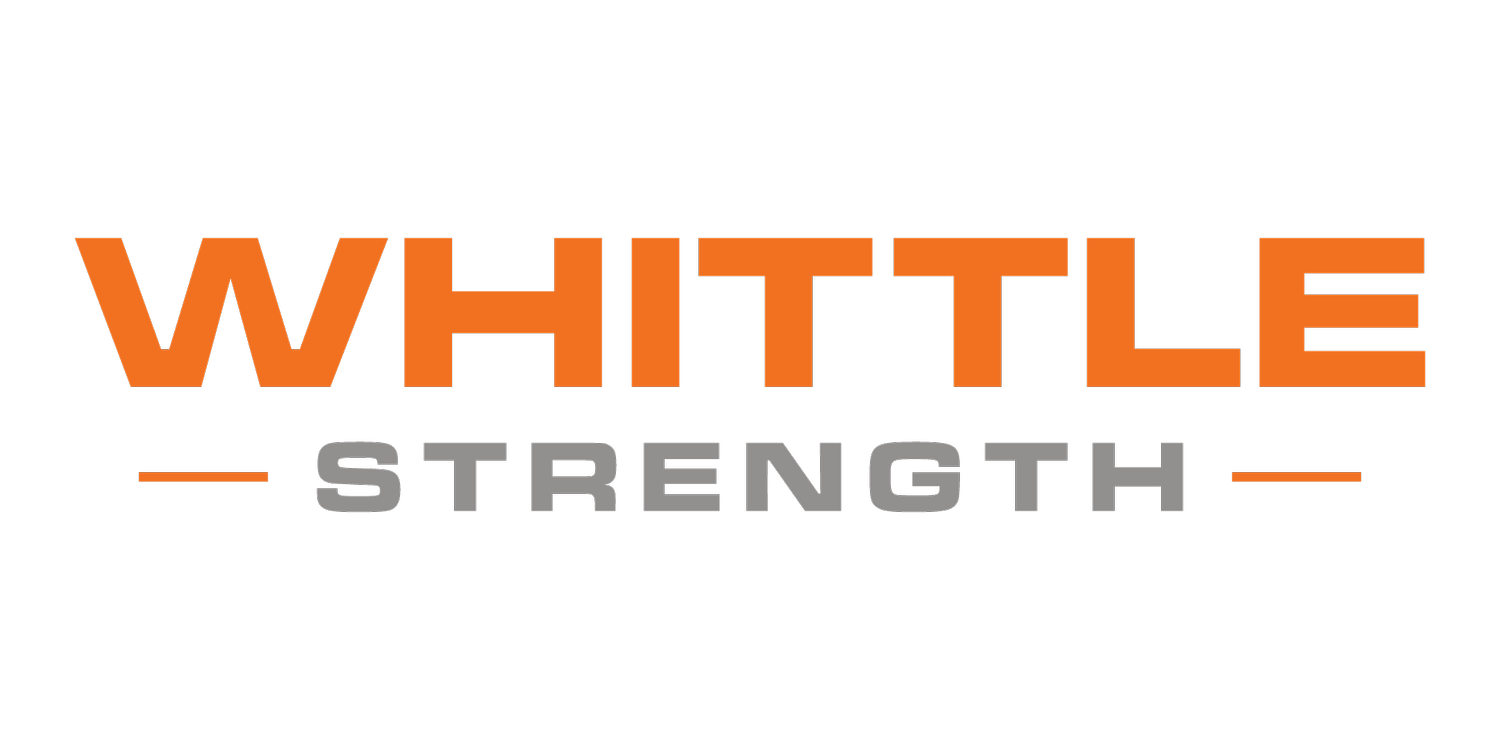WHAT IS AN INBODY AND WHY SHOULD I TRACK MY PROGRESS?
Body composition is more than just how much you weigh and how tall you are. Body composition breaks the body into fat mass and fat-free mass. Typically, the more fit and healthy someone is, the lower their body fat percentage is and the higher their amount of fat-free mass shows. There are many ways to measure body composition. For example, skinfolds, DEXA, bioelectrical impedance analysis (BIA), and BOD POD are all drastically different methods for measuring body composition in individuals.
Here at WhittleStrength, we did our research and chose a BIA approach. BIA is an easy-to-use tool that sends a small electrical current through the entire body to measure the impedance of that current (the more fat-free mass you have, the better the electrical current will move throughout the body). The more contact points the BIA machine has, the more accurate the measurement will be. With that said, we offer all of our clients InBody measurements, a machine that has 4 points of contact (hands and feet). We use InBody during their initial assessment as a baseline measurement. Having a baseline right from the start of your fitness journey is ideal for tracking progress and helping you reach your desired goals. Frequently measuring your body composition is also a great way to keep you motivated and on track. We recommend getting on the InBody every 4-6 weeks depending on the client.
Why should I care about body composition measurements?
Body composition is directly related to your overall health. Monitoring body weight alone on a regular scale can be misleading. For example, a sedentary person might gain fat, but lose muscle at the same time without any noticeable change in their scale weight. This person might think they aren’t causing harm to their body with their current lifestyle choices, but in reality if this trend continues they are putting themselves at an increased risk for metabolic syndrome issues (i.e. type II diabetes), cardiovascular disease, and other inflammatory related conditions. On the other hand, someone trying to lose weight might not notice a change on their scale and become frustrated, when in reality they are losing body fat and gaining muscle tissue. Therefore, using a sophisticated tool to measure body composition is ideal for tracking true progress. Our InBody machine can also monitor body fat distribution. Knowing what regions of your body have a higher amount of fat tissue is important, as fat distribution is tightly linked to inflammation and disease. There are two main types of fat, subcutaneous and visceral. Subcutaneous fat is simply the fat located right below the skin. Everyone needs a certain amount of subcutaneous fat for protection purposes and the body relies on subcutaneous fat stores for energy. However, on the other hand, visceral fat is the fat located deep inside the body. This type of fat is “toxic” and metabolically active, meaning it releases cytokines a substance that contributes to inflammation and insulin resistance. To add, the more muscle mass someone has, the higher their resting metabolic rate will be (RMR). RMR can be defined as the amount of calories required on a daily basis to perform normal physiological functioning (i.e. blinking eyes, digesting food, heart pumping, etc.) and light activities (i.e. brushing teeth, walking to the car, putting the dishes away, etc.). Muscle tissue is more metabolically active. In this case, it’s due to the cells of the muscle tissue requiring more energy to contract and relax. Thus, even at rest, muscle cells will burn more calories compared to adipose (fat) cells. Lastly, the more muscle mass someone has, the better their body is at converting the food they consume into fuel to be used by their cells.
Share this post:


